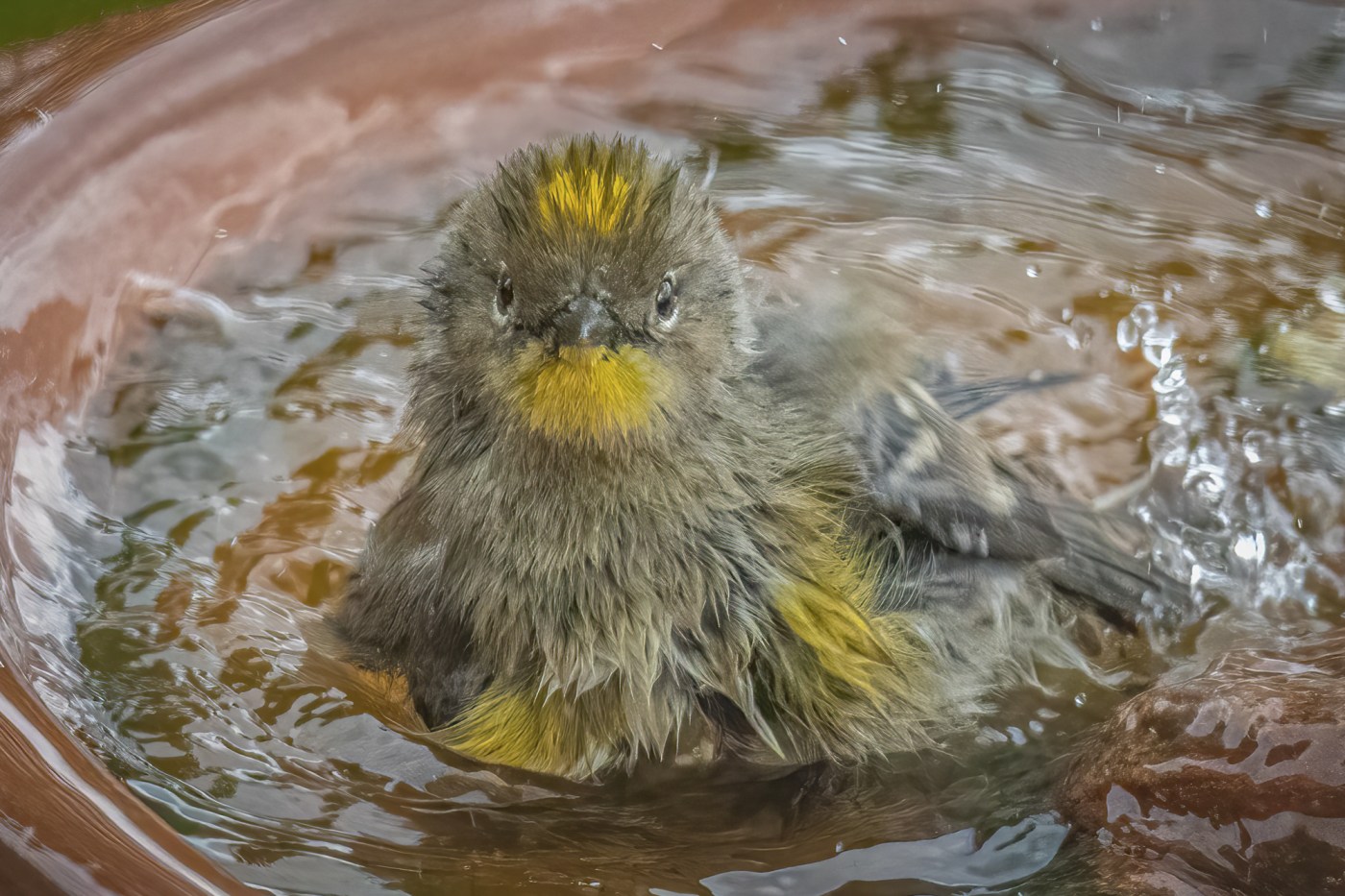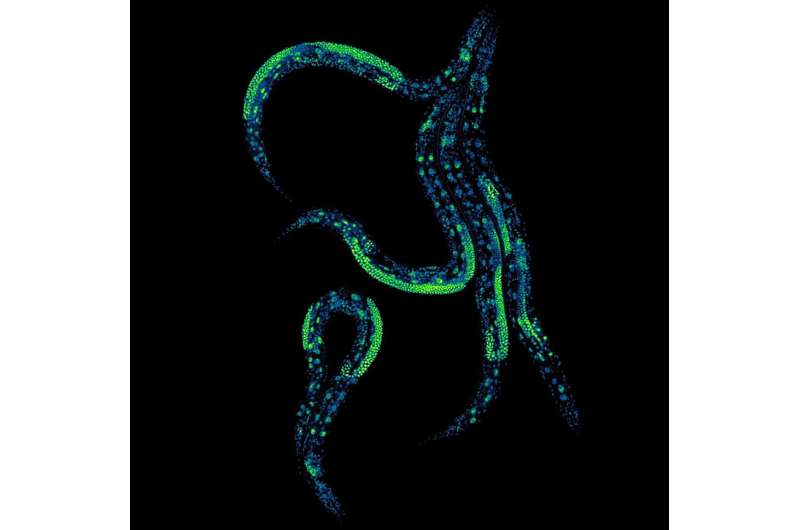Bird enthusiasts now have access to a powerful online tool that enhances their birdwatching experience and contributes to significant scientific research. The platform, known as eBird, is a free resource managed by the Cornell Lab of Ornithology in Ithaca, New York. It allows users to track bird migrations and document sightings, making it an invaluable asset for both amateur birders and professional ornithologists.
The popularity of eBird has soared since its inception in 2002, thanks to contributions from millions of citizen scientists and numerous partner organizations. Users can submit their observations, which are then integrated into a vast database that supports ongoing research and conservation efforts. For example, just last week, I was able to accurately inform a neighbor about the arrival of yellow-rumped warblers in Southern California, citing a sighting on August 8 at Mount Laguna.
How eBird Works and Its Growing Impact
During a recent conversation with Jenna Curtis, the eBird Community Lead, I learned about the platform’s functionality and its role in biodiversity research. Curtis emphasized the importance of user engagement, stating, “My main goal is to help users so that eBird is a more effective platform.” This commitment to improving user experience has contributed to eBird becoming what Curtis describes as “the largest biodiversity project in the world.”
The platform has experienced rapid growth. It took 19 years to record the first billion observations, yet the subsequent billion were logged in just four years. By the end of this decade, Curtis predicts that eBird will exceed 3 billion observations. Such data is crucial for understanding bird populations, migration patterns, and environmental changes.
To participate, users create a free eBird account, which grants access to resources like the eBird Essentials online course. This course teaches bird identification skills and how to effectively utilize eBird’s tools. After creating an account, users can submit checklists that document their bird sightings, including details like location and time. The option to upload photos and sound recordings enhances the quality of data submitted.
Once submitted, the checklists are reviewed by a network of 2,000 volunteer bird experts who validate these observations. This rigorous process ensures that the data collected is accurate and reliable, benefiting both casual birdwatchers and scientists studying avian populations.
Significance for Conservation and Birdwatching Communities
The implications of eBird’s extensive database extend far beyond individual observations. Researchers utilize this information to model bird distribution, track population trends, and develop effective conservation strategies. Curtis highlighted the critical nature of this data, stating, “This is only possible through the millions of eBirders sharing experiences. I can’t stress enough how valuable this information is.”
The platform also allows users to explore birding hotspots, receive alerts for local sightings, and access a wealth of resources that enhance the birdwatching experience. This connectivity among birders fosters a community united by a shared passion for avian life.
Curtis, who has recorded over 7,700 sightings, expressed her enthusiasm for birdwatching, noting, “What’s not to love? They are fun to watch; their behavior is amazing.” Her sentiments reflect the growing love for wild birds and the importance of platforms like eBird in cultivating that passion.
As the birding community continues to expand, events such as the upcoming Harvest Festival at Palomar Mountain State Park on November 1, 2024 provide opportunities for enthusiasts to connect and celebrate their shared interests. The festival promises activities that highlight local history and nature, further enriching the experience for participants.
The eBird platform exemplifies how technology and citizen science can come together to create a comprehensive resource for birdwatchers and researchers alike. As more individuals engage with this tool, the collective knowledge of bird populations will only grow, paving the way for enhanced conservation efforts and a deeper appreciation of the avian world.







